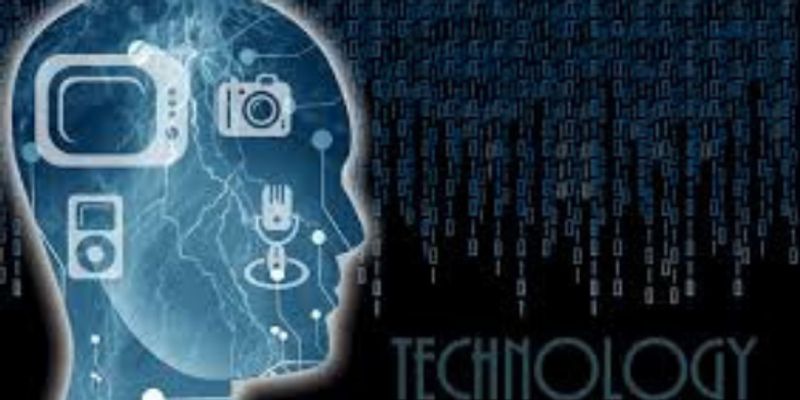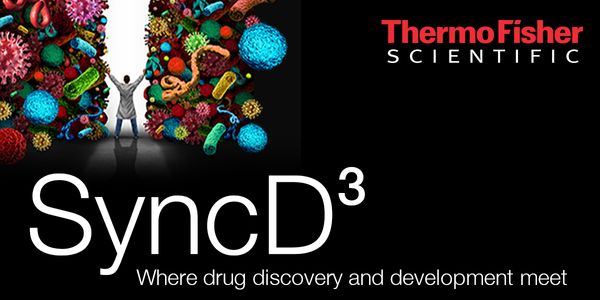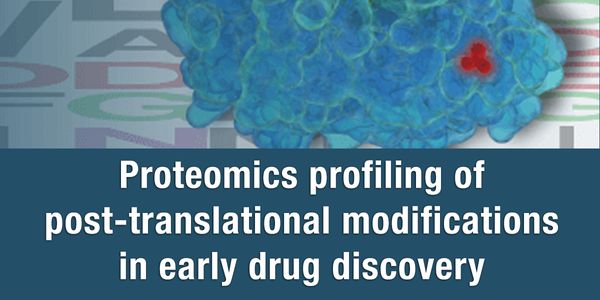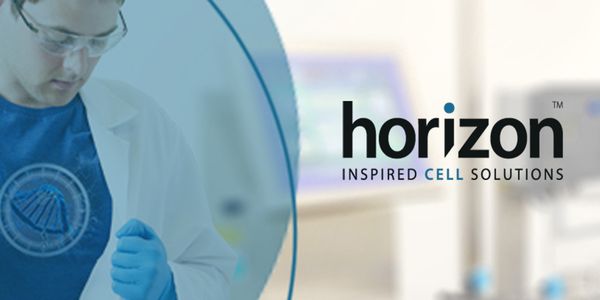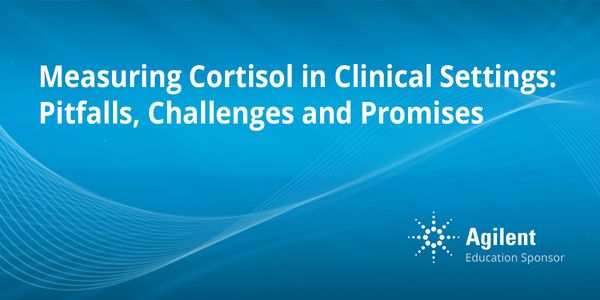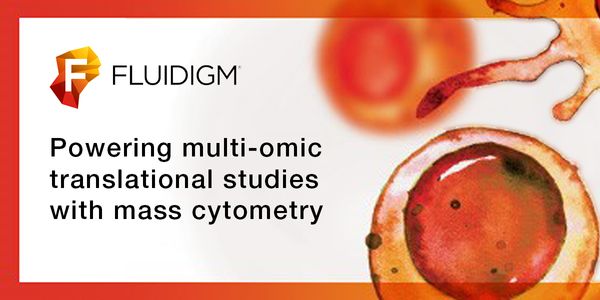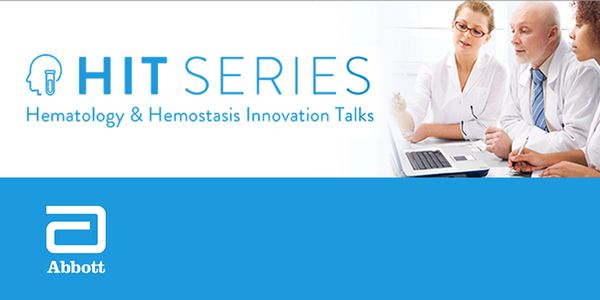Technology
Technology is the science or information put into functional use to take care of issues or design helpful devices. It utilizes significantly more than logical information and incorporates values as much as realities, down to earth make information as much as hypothetical information.
-
For 100 years the cannabis plant has been demonized, made illegal, and kept from researchers. Recently, states have begun to take the situation into their own hands, enabling patients to...
In today’s modern laboratory, resources are often stretched as laboratories struggle to manage multiple priorities, meet regulatory requirements, and contain costs. This is especially t...
Speaker:
Christine Paszko, PhD, MT (ASCP)
Presented at: Cannabis Sciences Virtual Event Series 2018
During this session, I will discuss a simple yet often underappreciated method for improving operational efficiency when growing cannabis in controlled environments. In particular,...
As with all new unique recreational or nutritional natural products, the cannabis supply chain will change from state-to-state and become more uniform and efficient over time. From deca...
MAR 28, 2018 | 10:00 AM
DATE: March 28, 2018TIME: 10:00am PDT, 01:00pm EDTPrimary cells are derived from various tissues typically via dissection, enzymatic dissociation, and subsequent culture in media specif...
Cannabis and its products are referred to in the USA as Medical Marijuana. The traditional approach tomedical research of a single compound for a single target does not work for cannabis, a...
MAR 27, 2018 | 9:00 AM
DATE: March 27, 2018TIME: 09:00am PST, 12:00pm EST...
Speaker:
Matthew Stokes, PhD
, Lilian Phu
, Don Kirkpatrick, PhD
Sponsored By: Cell Signaling Technology
MAR 27, 2018 | 9:00 AM
DATE: March 27, 2018TIME: 09:00am PDT, 12:00pm EDTThe rapid adoption and ease of use of CRISPR-Cas9 has driven the development of applications for gene knockout, precise gene editing, a...
MAR 22, 2018 | 10:30 AM
March 22, 2018 09:00AM PST, 1:30 pm EST Cortisol plays a central role in the diagnosis of adrenal excess/insufficiency and in theassessment of stress adaptation and relate...
Antibody drug conjugates (ADCs) represent a novel method to deliver a drug to diseased cell using the specific antigen-binding capability and internalization process. Antibodies that do not i...
MAR 21, 2018 | 8:00 AM
DATE: March 21, 2018TIME: 8:00AM PST, 11:00AM ESTMass cytometry, or cytometry by time-of-flight (the basis of the CyTOF® system), enables quantification of the abundance and fu...
Autism spectrum disorder (ASD) is a complex group of individually rare neurological conditions with genetic and non-genetic causes. Despite the strong genetic component of ASD, it has been ve...
In consciousness studies, a longstanding controversy concerns whether activity in the prefrontal cortical (PFC) region of the brain is necessary to evoke conscious experiences. Similarly, the...
